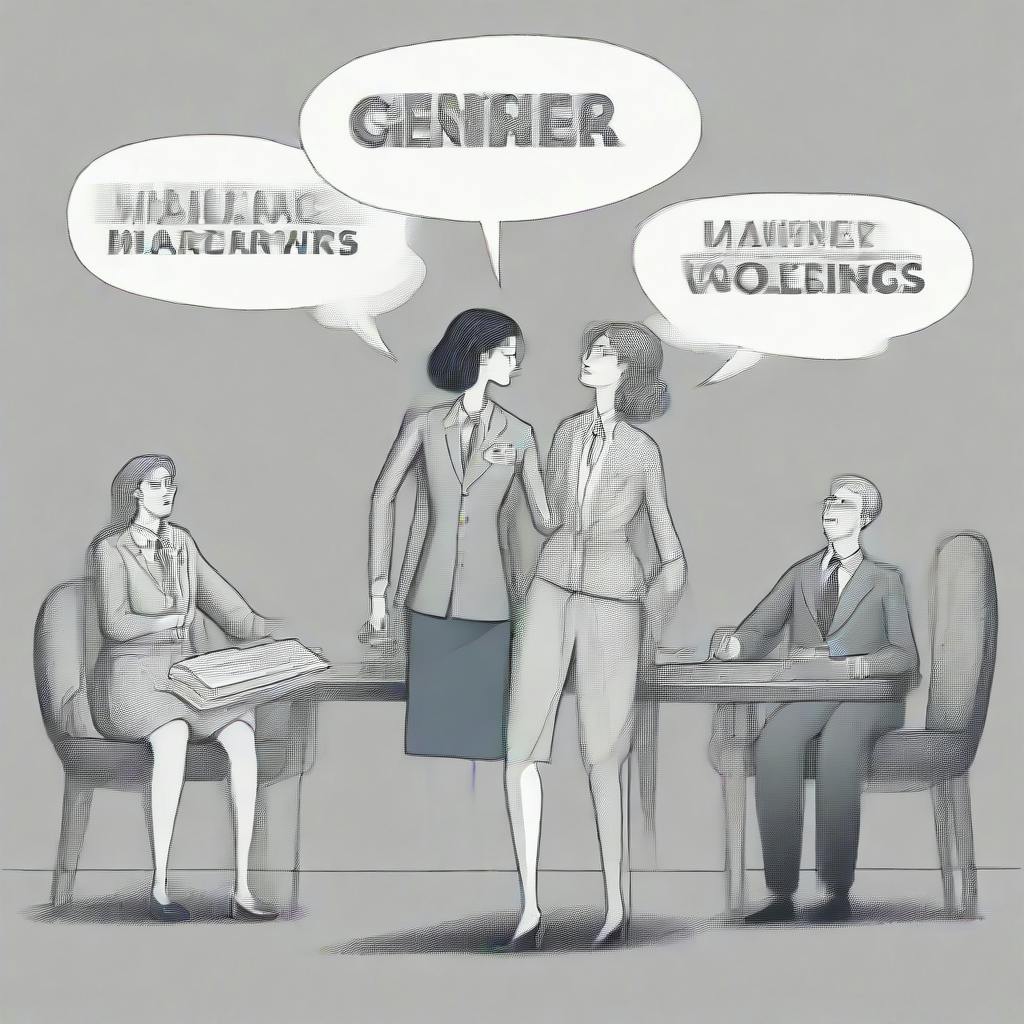This paper is available on arxiv under CC BY-NC-ND 4.0 DEED license.
Authors:
(1) Brisha Jain, Independent researcher India and [email protected];
(2) Mainack Mondal, IIT Kharagpur India and [email protected].
Table of Links
- Abstract and Intro
- Related Work
- Data Collection
- Analysis Methodology
- Results
- Limitations
- Concluding Discussion
- References
7. CONCLUDING DISCUSSION
Misogyny remains an intractable social problem in India and the subcontinent. Subconscious gender bias manifests itself in many spheres of life and in several professions. This study seeks to uncover gender bias against female politicians on Twitter in India using NLP-based emotion analysis and LDA topic modeling- specifically in the interactions between journalists, who are the main drivers of political discourse on Twitter, and politicians.
Our findings reveal a disconcerting trend: while popular journalists themselves do not seem to suffer from gender bias, on average, Twitter users display bias against female politicians. This bias is a reflection of the larger societal issue where male politicians traditionally occupy a higher pedestal in politics. This systematic bias is translating onto Twitter, and merely using balanced language is not enough to rectify the situation.
To counteract this bias, we suggest utilizing recommender systems to amplify the voices of female politicians, as balanced language alone isn’t sufficient. Additionally, our analysis reveals that users tend to give more weight to the views of male journalists when evaluating female politicians, highlighting the need for diverse voices in political discourse.
In summary, this study emphasizes the need to address gender bias on Twitter through not only language but also platform design and algorithms. Creating a more inclusive digital space is crucial to ensuring female public figures can effectively disseminate their views despite societal biases.

